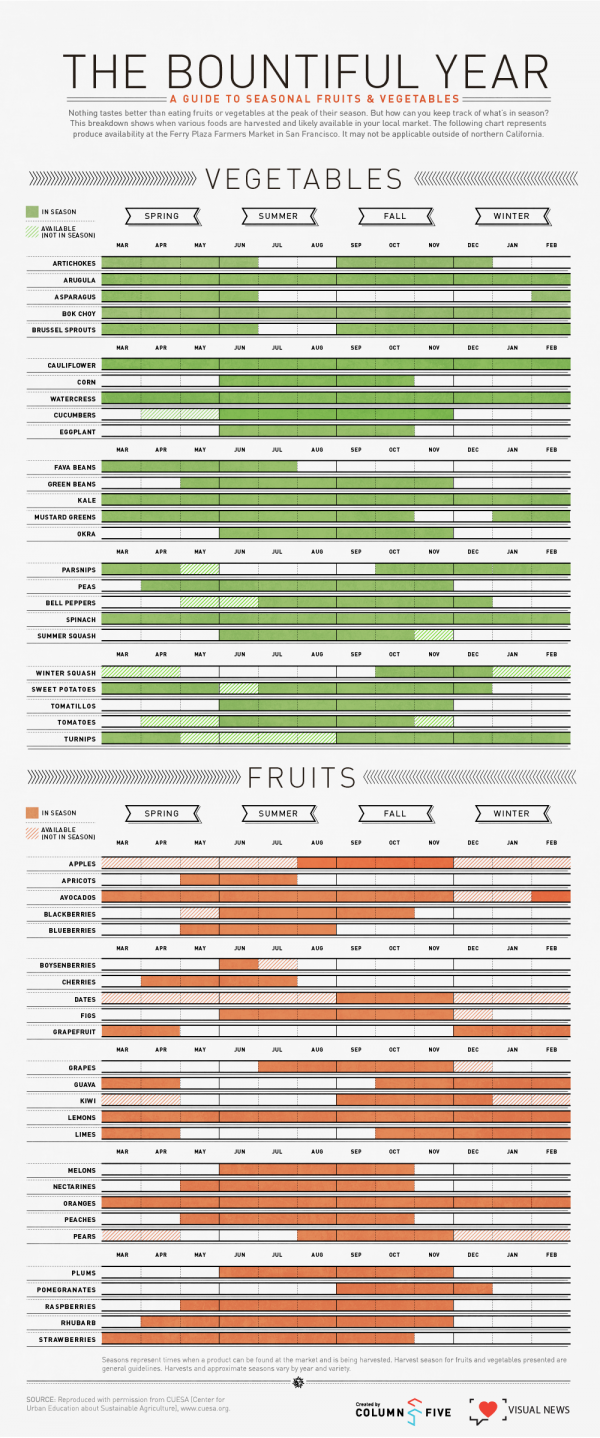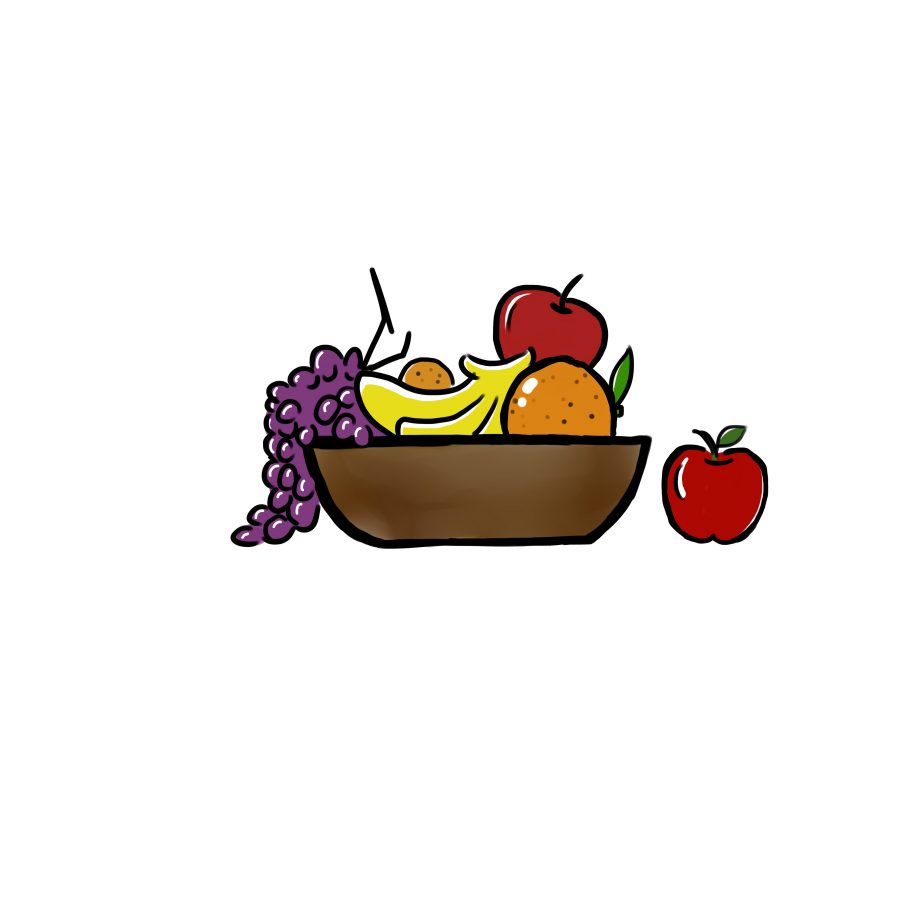Nothing goes better with a cheerful spring sky than sweet, juicy fruit. Here are some tips and tricks to help you find the most mouthwatering delights.
1. While this may seem obvious, a good rule of thumb is to buy fruit in season. So, going out this spring to find those delicious kiwis or grapefruits you’ve had these past few months may not be the best idea since they are sweetest and ripest in the winter. Spring fruits include apricots, honeydew melon, limes, mangoes, oranges, pineapple, and strawberries.
2. If possible, buy fruit from local farmers. Their selection is almost always in season, guaranteeing the finest and most succulent fruit found anywhere. Fruits shipped in from other states or countries are often picked when unripe and placed in an environment when ethylene gas to ripen them when needed. While some fruits like apples and mangoes naturally get sweeter after they are picked, there are some that never ripen after picking, such as grapes and pineapples, and those that ripen in color without actually becoming sweeter, like peaches and nectarines.
3. Sweet fruits may not be the most beautiful fruits in the stack. Remember though, if the animals want it, the fruit is good. Often, shoppers avoid fruits with imperfections, but for some fruits, like melons and oranges, bumps and small slices actually indicate sweetness and ripeness. Fruits with signs of bird pecks or bee stings are bound to be good because even the animals want to have a taste of it. On melons, bee stings look like little, dark bubbles or streaks of small holes, but they indicate sweetness. Dark spots can be trickier. For fruits like peaches, dark spots (also called sugar spots) make the fruit sweeter, but for others, they may just be bruises, so be sure to feel the fruit to make sure the spot isn’t mushy or noticeably softer than the rest of the fruit. Another cool tip: to find good melons, thump them to see if they sound hollow. A hollow-sounding melon means it’s juicy!
4. Go for heavier fruits, not simply the biggest. Fruits that are heavy for their size tend to have more juice in them and are often sweeter. However, the biggest may not always be the best because they may have little taste.
5. Stems can reveal a lot about a fruit. For example, if the stem of a grape bunch is green, the grapes are probably farfrom being ripe. The stems should have a brownish color.
6. Use the Nose Test. Fruits like nectarines should have the same hardness as the tip of your nose. It should be firm but give slightly. If it is too hard or too soft, you may want to put that fruit back.
7. And last of all, smell the fruit! The stronger the aroma, the more tasty it will be.









